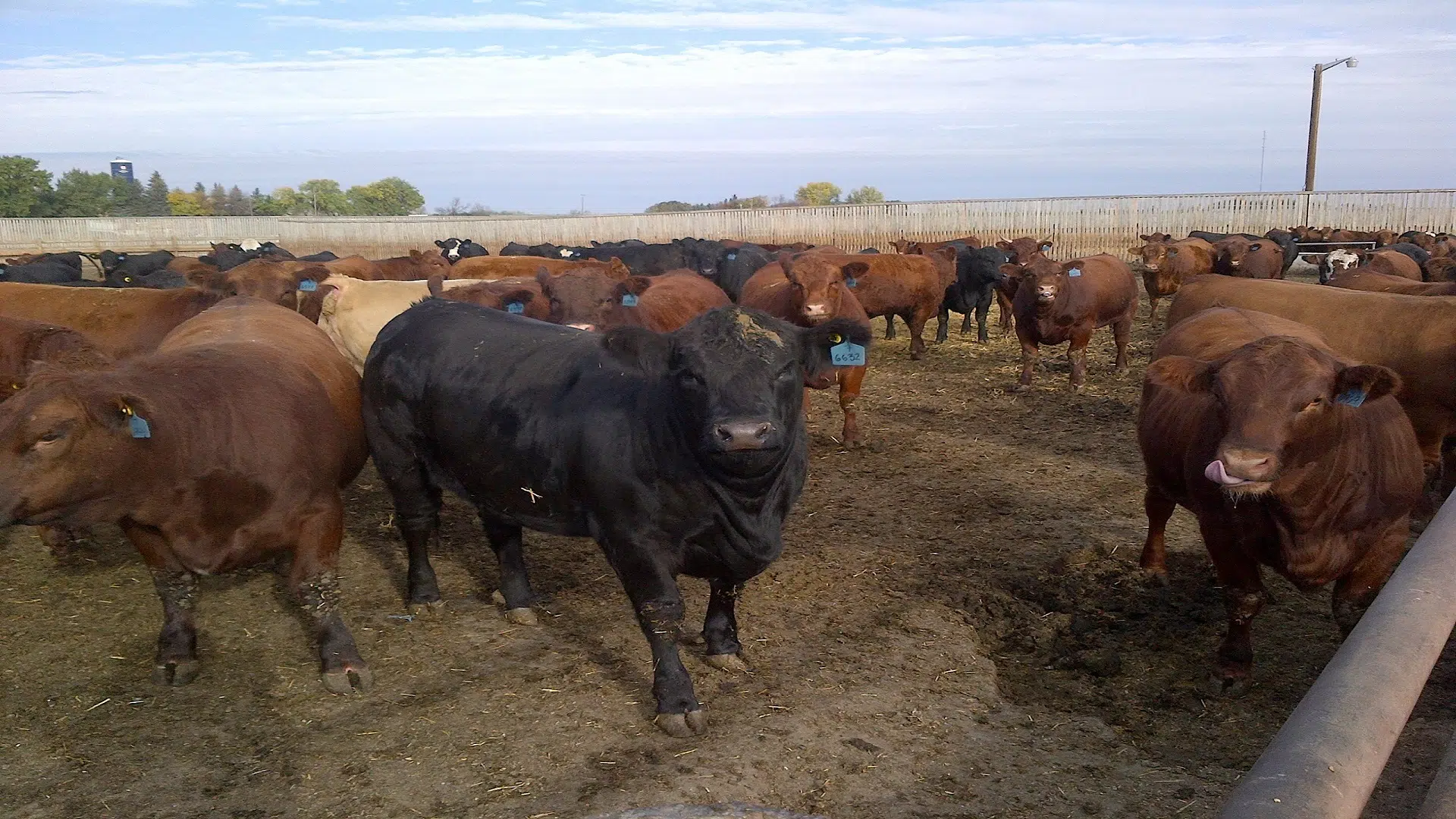
Transporting Beef Cattle — doing it the right way maintains your investment
LETHBRIDGE — Successfully transporting cattle, especially over long distances, requires cooperation and communication from buyers, sellers, auction markets, and truck drivers.
Derek Haley, an associate professor at the University of Guelph, and his research group have been studying cattle transported across Canada. Their research included cattle hauled from western Canada into Ontario and Quebec, with rest stops in Thunder Bay. They found that 61% of the loads were feeder calves, 21% of the trailers were filled with weaned calves, and 15% were cattle at market weight.
Haley elaborates on more of the findings.
“Even though cattle can legally be on a truck for 48-hours, the loads that we surveyed were enroute for an average 28-hours when they stopped for feed, water and rest. Cattle were being rested for, on average, just over eleven hours, whereas the law requires five hours of rest – so the industry practice is more than double that amount of time.”


